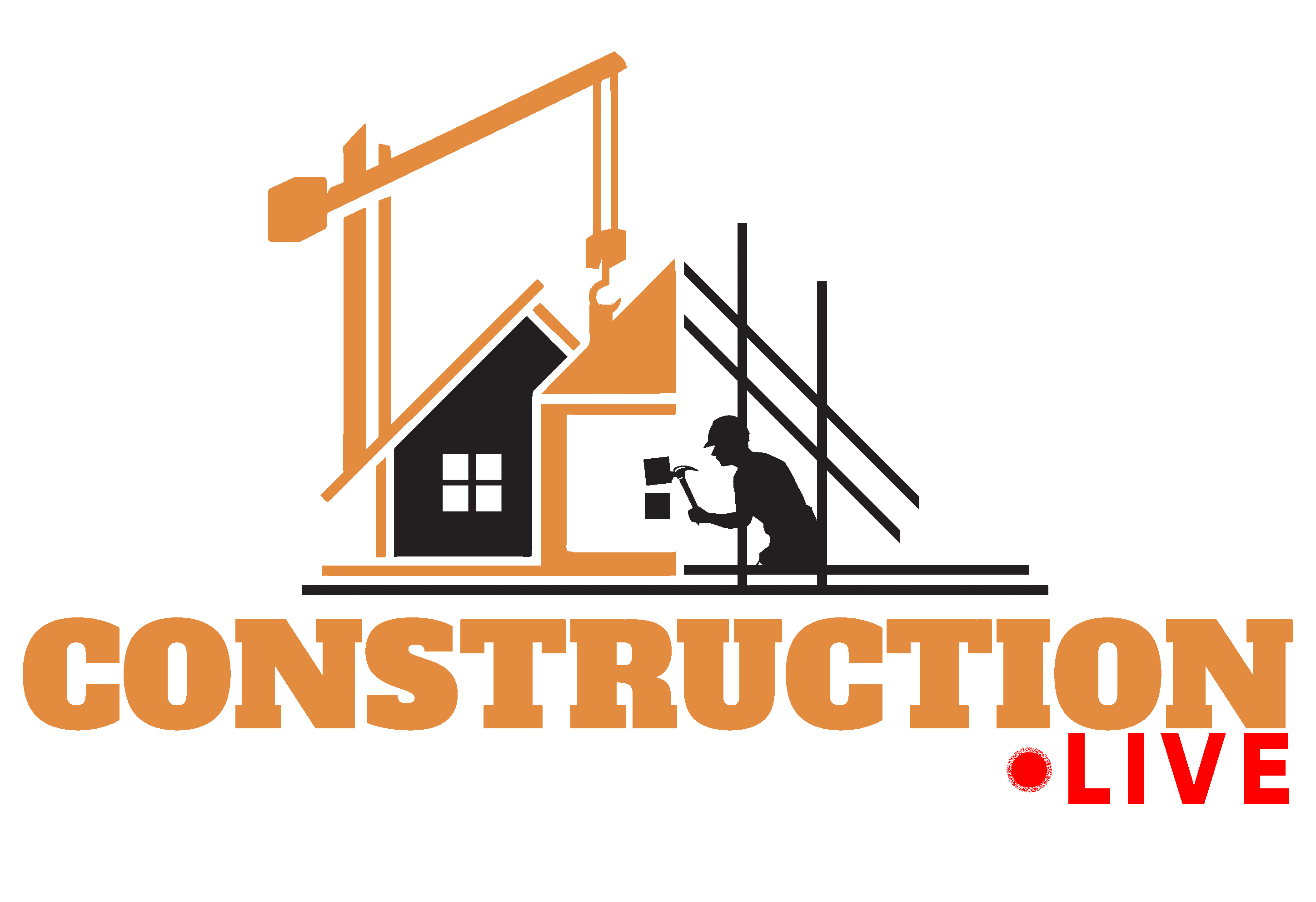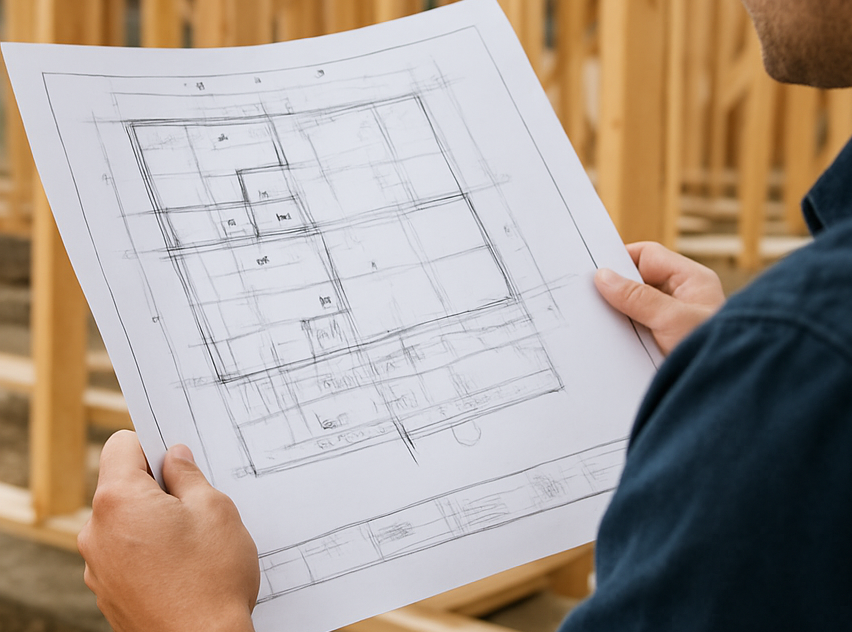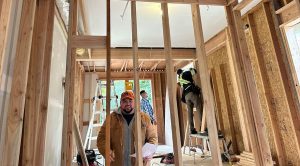Homes evolve as families grow and needs shift. As projects expand, the decisions can feel overwhelming. That’s why clear guidance matters. The question “What do construction contractors do?” helps you take the next step with confidence. With straightforward details and real-life context, it becomes easier to see how the right contractor keeps the build on schedule, manages the budget, and reduces stress from start to finish.

Expect clear insight into bids, schedules, and inspections. Most importantly, you’ll spot which experts you need and when. That way, your budget, timeline, and quality stay protected. So, let’s walk through the contractor types, the process, and the payoffs. At Legacy Constructors, projects stay organized, efficient, and less stressful, making it easier to move forward confidently.
Roles and Responsibilities of Construction Contractors
Contractors turn plans into finished spaces. They read drawings, set the schedule, and manage crews. They also order materials and track deliveries. Then they handle permits and inspections. As work begins, they coordinate tasks so trades do not clash. They check quality and safety each day. When issues pop up, they solve them quickly. They document changes and costs along the way. Finally, they close the job with a punch list and handoff. In short, what do construction contractors do? They manage scope, time, and cost to protect your goals and minimize surprises.
“Good construction is planned, measured, verified, and then built.”
Different Contractor Roles You Might Need
Not all contractors do the same work. Different licenses cover different skills. General contractors lead the project. Specialty contractors focus on one trade. Electricians, plumbers, roofers, and framers each handle their lane. This mix makes work efficient and safe. It also keeps inspections smooth. So, understanding the different types of contractors in construction helps you match the right expert to each phase and keep projects running smoothly.
| Contractor Type | What They Do | When to Hire |
| General Contractor | Manage scope, schedule, and trades | Most remodels and new builds |
| Electrician | Wiring, panels, lighting | Any electrical work |
| Plumber | Supply, drains, fixtures | Kitchens, baths, additions |
| Roofer | Roof systems and vents | Repairs, replacements |
General Construction Basics
General construction is the full path from idea to handover. It starts with scope and budget. Then, planning sets phasing, permits, and buyout. During the build, teams follow drawings and code. Because many parts move at once, order matters. A clear understanding of what is general construction helps ensure roles are defined, communication stays strong, and records remain clean—reducing risk every step of the way. With this structure, even complex jobs become manageable.
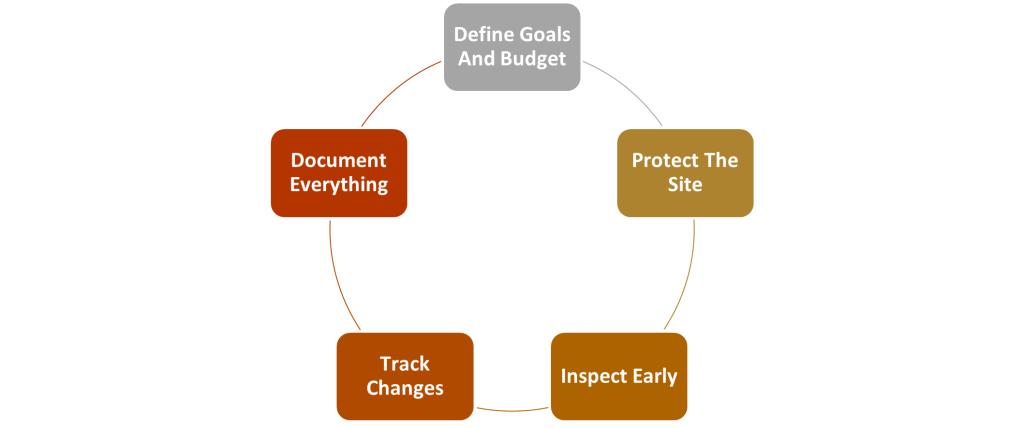
When You Need Each Type
Different projects call for different experts. A new bath may need a plumber, an electrician, and a tile setter. Understanding the types of contractors in construction helps to clarify who handles what. A garage conversion may add a framer and HVAC tech. A kitchen often needs nearly every trade. Therefore, map tasks first, then match the trade. A general contractor in California can help streamline the permit process by coordinating trades and handling all necessary paperwork. This not only saves time but also prevents conflicts between schedules and tasks.

Quick Matches
- New wall or room addition
- Service upgrade or rewiring
- Leaks or fixture changes
- Roof damage or aging shingles
- Built-ins or trim upgrades
Cost and Risk Factors When Hiring a Contractor
Several factors shape price. Scope size matters first. Materials also carry big swings. Labor rates vary by trade and region. Permits and inspections add fees. Site limits, like tight access, add time. Change orders increase costs if decisions shift late. The weather can delay work. Finally, rework raises risk if checks lag. When possible, freeze key choices before ordering. Then track changes in writing. This keeps risk manageable and budgets steady.
Cost Drivers
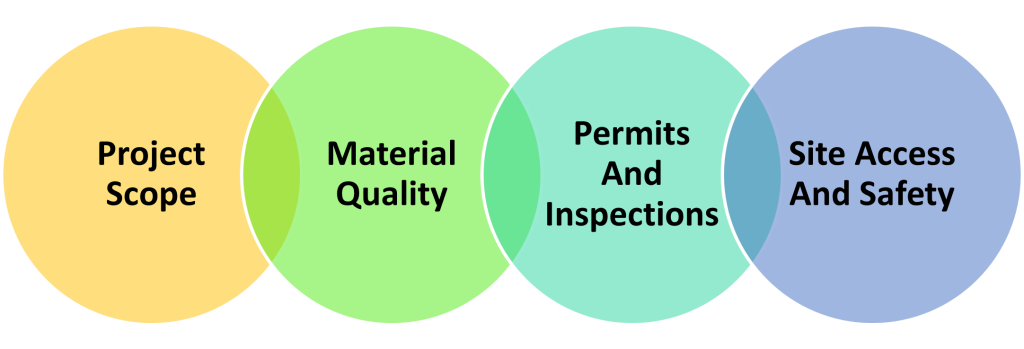
Questions To Ask Contractors
Good questions lead to better outcomes. Start with license, insurance, and references. Ask about recent, similar work. Request a clear schedule with milestones. Confirm who pulls permits. Review how change orders work. Ask how they protect the site and neighbors. Clarify cleanup and disposal. Finally, request sample reports or logs. Apply the same questions if you see Legacy Constructors on a short list. Consistent vetting builds trust and keeps choices fair.
Checklist
- License and insurance verified
- Recent references with photos
- Written schedule and payment plan
- Warranty terms and closeout process
- Daily point of contact and backup
Keeping the Build Running Smoothly
Coordination keeps trades from colliding. First, the plan sets order and timing. Then, a weekly meeting tracks progress and issues. Delivery calendars avoid storage jams. Clear drawings reduce RFI delays. Inspections are booked ahead to hold momentum. When surprises appear, quick decisions keep work moving. Finally, the punch list starts early, not late. Visual boards, simple logs, and shared photos help everyone. With this discipline, callbacks drop, and morale stays high. So, getting California general construction services can help manage tight timelines and approval processes by keeping plans organized.
Cabinetry Services
Cabinetry shapes storage, flow, and style. First, measure carefully and map zones by use. Then pick durable cores and cleanable finishes. Plywood or melamine works well in busy rooms. MDF suits painted doors and trims—following plan heights, shelf depths, and hardware. Full-extension slides and soft-close hinges improve daily use—seal edges to resist chips and moisture. During installation, protect floors and verify level rails. Inspect early to prevent rework. Track changes in writing and save manuals. Finally, close with a punch list and warranty docs.

Build With Clarity, Finish With Confidence
General construction brings many moving parts together. With a clear plan and the right people, projects feel calm. You now understand the roles, costs, and choices. Now it’s clear what do construction contractors do and how they guide schedules, manage budgets, and ensure safety throughout the project. When you match tasks to licensed experts, risk goes down. When you ask strong questions, clarity goes up. Therefore, map the work, book the trades, and track the details. Then close the project with clean paperwork and a confident handoff. Your next build can finish quickly and feel like home with care and order.
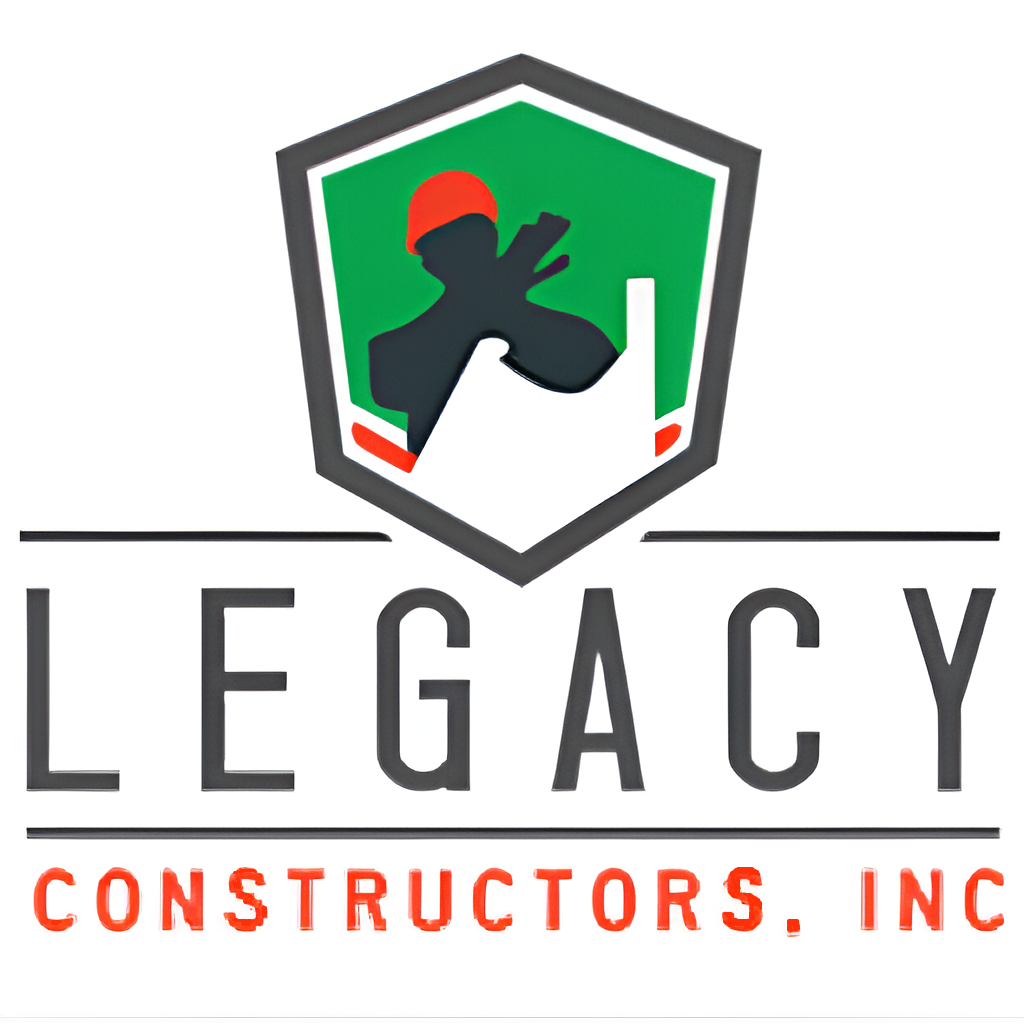
Ready to get it right the first time? Turn plans into progress with the steady guidance of Legacy Constructors. From permits to punch lists, they keep every detail on track.
